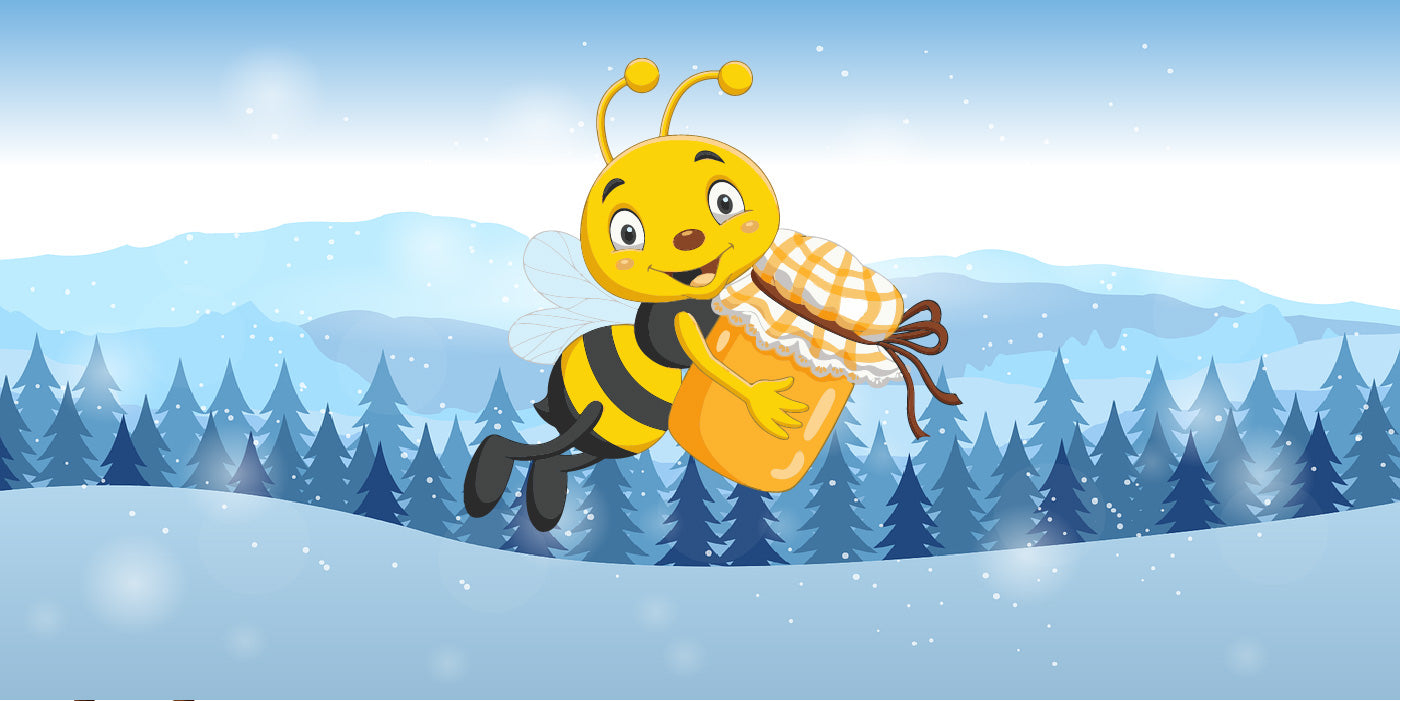
Is Winter Solstice The Beginning Of The Bee Season?
As winter's chill descends and daylight wanes, the celestial event of Winter Solstice marks the shortest day and longest night of the year. Amidst this celestial ballet, a question often arises among bee enthusiasts and novice beekeepers alike: Is Winter Solstice truly the kickoff to the bee season?
The Winter Solstice Phenomenon
Winter Solstice, typically occurring around December 21st in the Northern Hemisphere, holds cultural, astronomical, and natural significance. It heralds the astronomical beginning of winter, marking a pivotal point in Earth's journey around the sun.
From ancient rituals celebrating the return of longer days to modern-day festivals acknowledging the changing seasons, Winter Solstice embodies a profound connection to nature's cycles.
Bee Season
The buzzing world of bees operates in tandem with the changing seasons, but is Winter Solstice the definitive starting point of the bee season?
For bees, their seasonal activities are intricately linked to temperature and floral availability rather than a specific date on the calendar. In many regions, bees may still be dormant or clustered within hives during Winter Solstice, conserving energy and relying on stored honey reserves to survive the cold.
Factors at Play
The commencement of the bee season hinges on a confluence of factors:
-
Temperature
Bees are sensitive to temperature fluctuations. As ambient temperatures rise consistently above 50°F (10°C), bees become more active, venturing out in search of early sources of nectar and pollen.
-
Floral Availability
The awakening of the bee season coincides with the blooming of certain flowers. As plants begin their bloom cycles in response to lengthening daylight and warmer temperatures, bees find sustenance and kickstart their foraging activities.
-
Colony Readiness
Inside the hive, bees await cues from their environment. A strong, hive inspections healthy colony with ample food stores and a thriving queen is more prepared to capitalize on the burgeoning bee season.
The Dance of Beekeeping and Seasons
For beekeepers, Winter Solstice serves as a reminder to prepare for the forthcoming bee swarm prevention season rather than a strict starting point. It's a time to ensure hives are insulated, provisions are ample, and equipment is ready for the hive's increased activity.
As daylight extends post-Winter Solstice, beekeepers anticipate the gradual resurgence of bee activity. However, the onset of bee season varies regionally due to diverse climates and ecological nuances. In milder climates, bees might exhibit more activity earlier in the year compared to colder regions where the bee season commences later.
Honoring Nature's Rhythm
Ultimately, while Winter Solstice may not serve as a direct trigger for the bee season's commencement, it symbolizes the beginning of a natural shift. It signifies a gradual transition toward longer days and the anticipation of nature's awakening.
As we embrace this celestial milestone, let's recognize the intricate dance of nature's rhythms, understanding that the beekeepers guide, in their wisdom, will heed the call of spring when the time is right.
Conclusion
In conclusion, Winter Solstice holds its place in the grand tapestry of seasonal transitions, marking a celestial juncture in Earth's journey. While not a definitive starting point for the bee season, it symbolizes a gradual shift toward a time when bees will once again fill the air with their industrious hum.
Let's honor the cyclical rhythms of nature, celebrating Winter Solstice as a prelude to the forthcoming buzz of the bee season—a reminder of the interconnectedness between the celestial, botanical, and apicultural realms.
General Question About Beginning Of The Bee Season
What flowers bloom early to signal the start of the bee season?
Snowdrops, crocuses, and winter aconites are among the first flowers to bloom early in the year, signaling the start of the bee season. Willows, dandelions, and hazelnut trees also bloom early, providing essential nectar and pollen for bees emerging from winter dormancy.
How can beekeepers prepare hives for winter-to-spring transition?
To prepare hives for the winter-to-spring transition, beekeepers should ensure hives are well-insulated, monitor and supplement food stores, inspect for disease or pests, and repair any damaged equipment. Clearing hive entrances of debris is also crucial to support increased bee activity as temperatures rise.
What signs indicate bees are ready for the season to begin?
Increased activity levels and the presence of fresh brood within the hive indicate bees are ready for the season to begin. As temperatures rise, bees become more active, the queen starts laying more eggs, and bees show more interest in the hive entrance.
How does climate change affect the timing of the bee season?
Climate change affects the timing of the bee season by causing temperature and weather pattern shifts. Warmer winters and earlier springs can activate bees sooner, potentially mismatching their activity with flower availability. Erratic weather can also disrupt foraging patterns and food supply, stressing colonies.
What common mistakes do beekeepers make when interpreting the start of the bee season?
Beekeepers often make mistakes by relying solely on calendar dates instead of environmental cues. They might misjudge colony readiness by not considering temperature and floral availability, fail to provide adequate food stores, or neglect timely inspections for disease and pests, affecting colony health and readiness.
As Winter Solstice heralds longer days ahead, it stirs anticipation for the imminent return of our buzzing companions and the flourishing bloom of nature's bounty.



Leave a comment